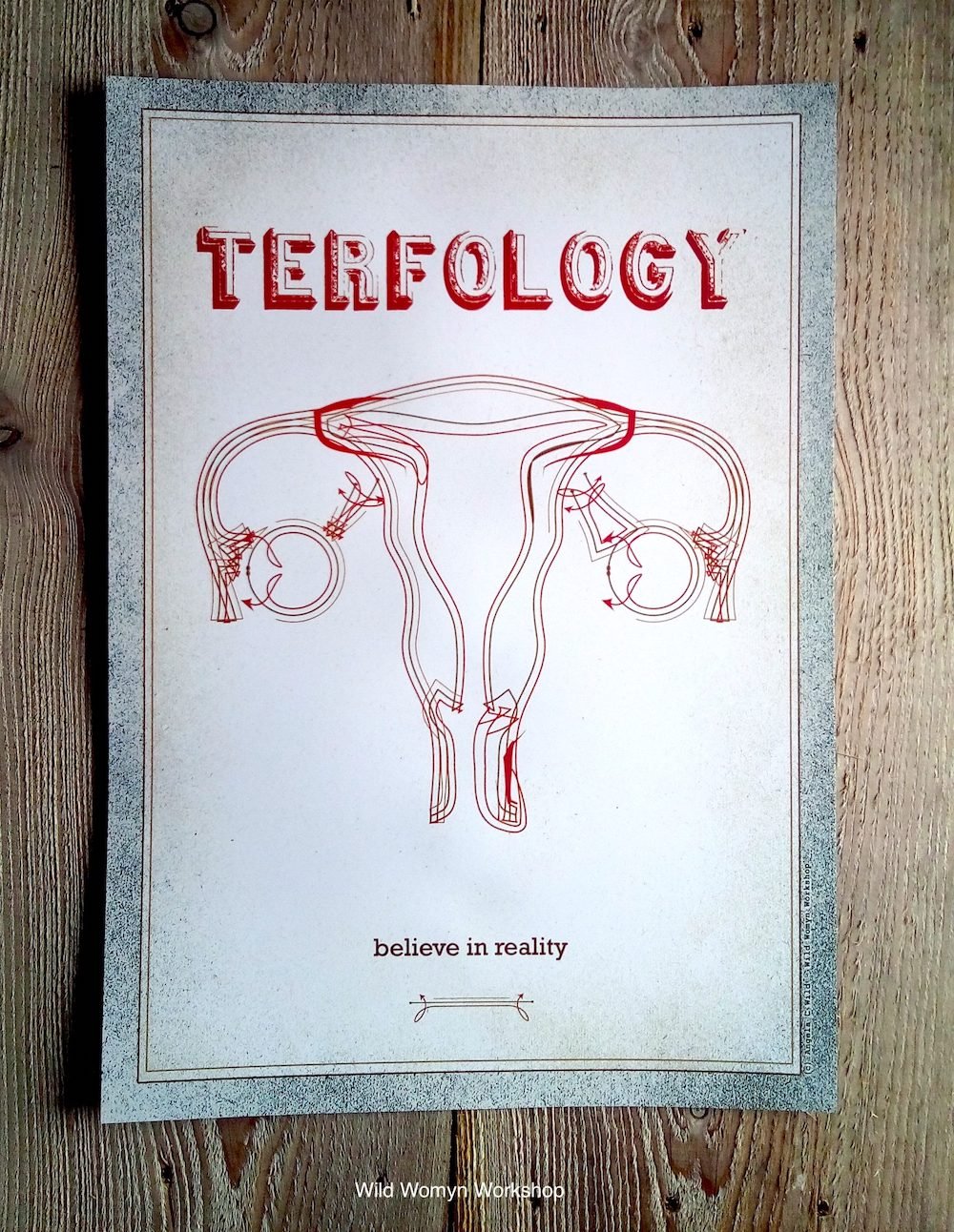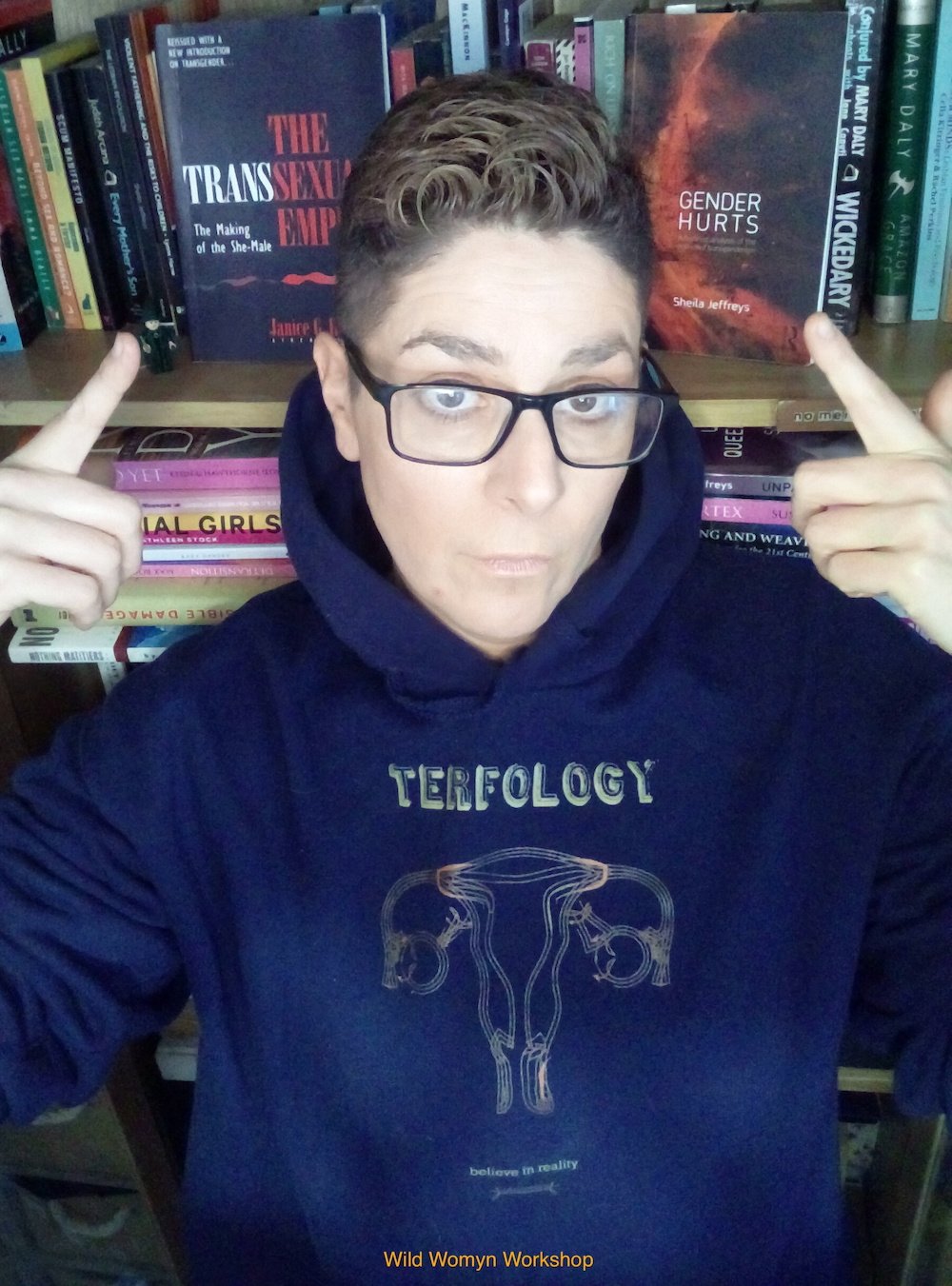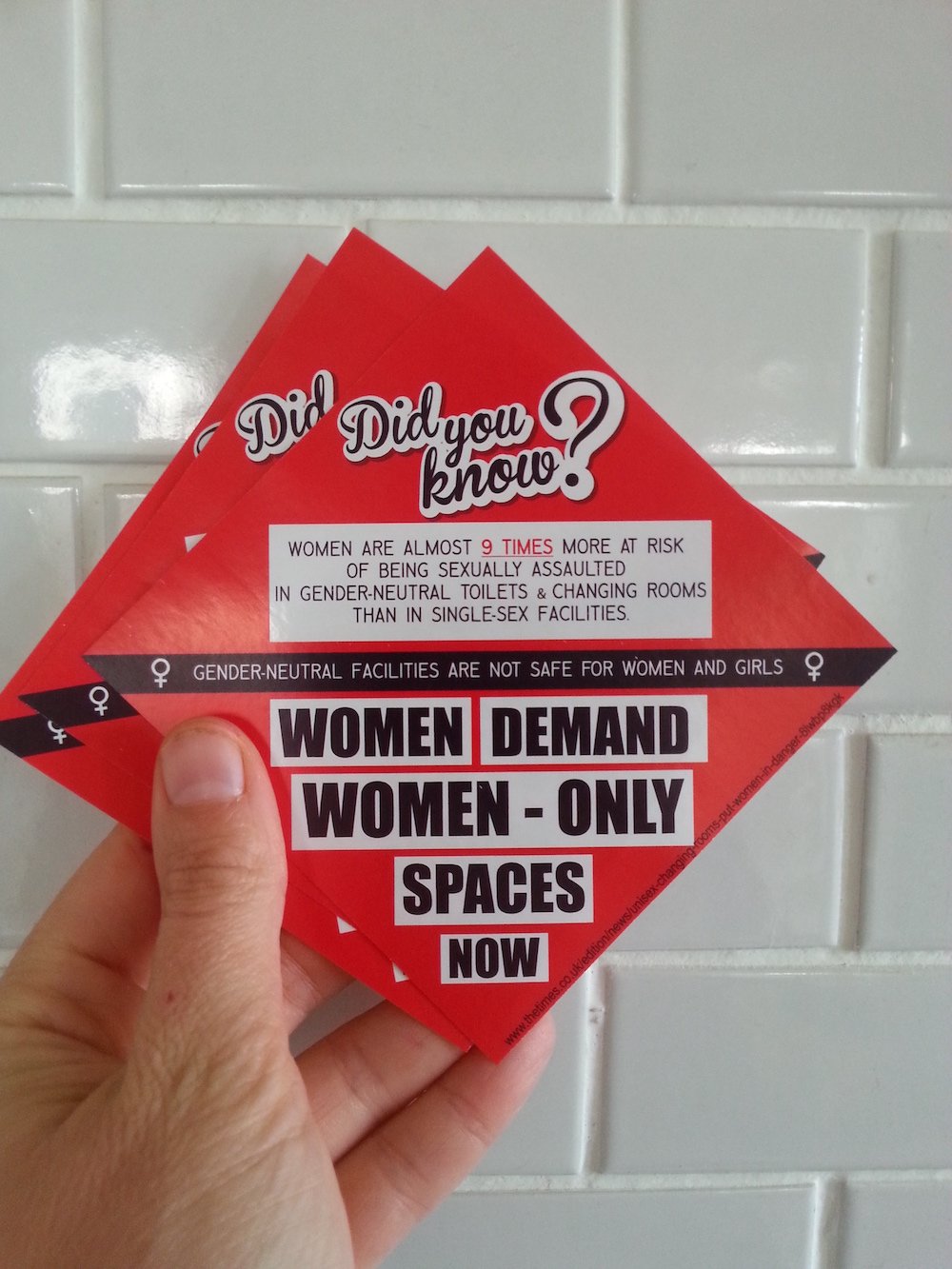Art, Feminism and Cultural Self-Defence
By Angela C Wild. This article was adapted from the speech Angela gave at #FiLiA2021 during the Creative Resistance Panel.
Art is political. Creative productions are both expressions of the artist who bring them into the world as well as products of a specific social, cultural and political context. They cannot exist outside their environment. As such, the artist and their work interacts with that context whether consciously, or not.
Some artists works are overtly political. Others choose not to engage with politics. Those who remain silent on specific topics are also paradoxically making a political statement. Silence can be extremely revealing.
The silence of the art world on the issues surrounding transgenderism and its infringement on women and lesbians’ rights IS a political positioning.
Each artist’s, most especially women artists’, silence on the topic is an acknowledgement of denial, self-censorship, or submission to the dogma.
I do not wish to throw stones at silenced women. In an oppressive regime, women’s silence is a symptom of structural oppression. I am here to condemn the art world as an inherently patriarchal structure and its systematic silencing of women.
I choose to interact consciously with politics and to use my creativity for a political purpose. I made this decision in my mid-twenties, after five years of sexual harassment in the graphic design industry. The only woman in the creative team, I heard daily my male colleagues talk about their porn habits. I was also expected to airbrush the pictures of women’s bodies to make them more appealing to the male gaze.
A couple of years after leaving that job, I discovered Dworkin and MacKinnon and became a radical feminist. As I began to write my own feminist thoughts and to make links between male power, sexual violence, visual culture and pornography, I vowed to never again create anything unless it was for a feminist cause.
Art is one of the political strategies I use, along with direct action and writing. These are complementary strategies. I consider them to be forms of cultural self-defence.
My work is intimately related to my experience as a woman in patriarchy. It emerges as a necessity. I produce work as a response to the oppression I encounter. Images come to me as a way to understand a situation, imagine solutions, fight against powerlessness, and connect with women.
I became creative politically at a time I had already lost everything. With no job, no income, no status, no stability, and poor mental health, I had very little to lose. When you have nothing to lose, you have paradoxically more freedom to express yourself - although much less opportunity to display your work. I am not a “cancelled” artist because to be cancelled, patriarchy needs to have something to withdraw from you. You have to be approved by the establishment for it to withdraw your membership, for the crime of having your own thoughts.
I have never been in the establishment. I always positioned myself at the edge, or against it, I never thought my work would be approved by academia or the art world.
The majority of women who produce work are not cancelled because they are not cancellable. Today as well as throughout history, the majority of women’s works never make it to the mainstream, let alone history books.
Freedom of speech is a male privilege.
The shape my work takes is informed by the following questions: How much time do I have? How much money do I have? How much energy and mental space can I allocate to this? What is the state of my mental health?
My experience of oppression dictates the decision I make. As a single mother, as a foreigner, as a lesbian, as a woman living with PTSD there are limitations to what I can do.
The question becomes “What can I do?”, and “How much impact can I make with the resources I have?”. I have learnt to be extremely direct and impactful, to use my time with the utmost economy, to consider every opportunity to express myself as potentially the last one.
This sense of emergency means that every work I produce, every word I write needs to be a weapon against patriarchy.
Visuals are a very effective way to do that.
I established Wild Womyn Workshop in 2017 to contribute to the rebirth of women’s culture, selling merchandise with uncompromising radical feminist content. Visuals can provide an entry point to radical politics.
I aimed to denounce trans-activism as patriarchal propaganda and to question the need for politeness towards a patriarchal ideology that only exists to destroy us, reclaiming the right for women to disrespect.
Do women owe kindness to our oppressors? I think not.
Wild Womyn Workshop has been a process of un-silencing myself, finding my voice beyond self-censorship. Simultaneously, I looked for ways to encourage women to speak up, and expand the scope of what we allow ourselves to say or think. Political self-defence can take the shape of a t-shirt, a sticker or a badge.
There is an ongoing tension in what I do, between a reaction to patriarchal oppression and my desires as an artist, woman and lesbian feminist. In other words, art is not just about fighting against; it is essentially about working towards something new. In activist terms, it translates into “What are you against” versus “What are you for”.
What world do we want to live in? How does it feel to live in a world where women are not oppressed?
So we can keep our feminist vision alive, it is crucial to be firmly woman-centred, to not give energy, attention and credence to the patriarchal illusion men put in front of our eyes. We need to focus on ourselves. Visions, dreams and utopia are very serious political projects only artists can bring to life.




